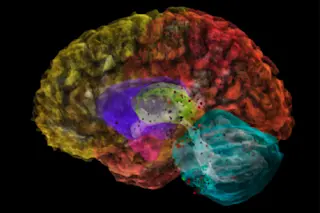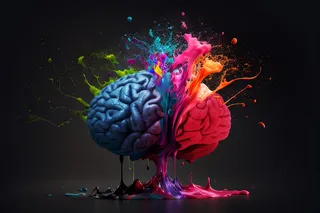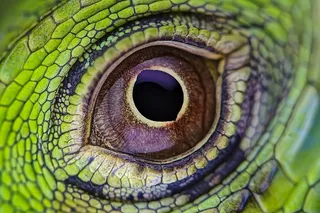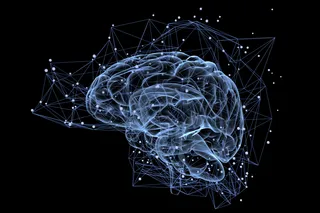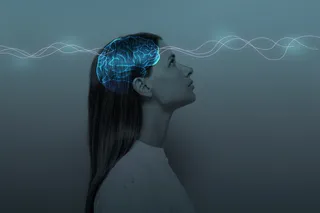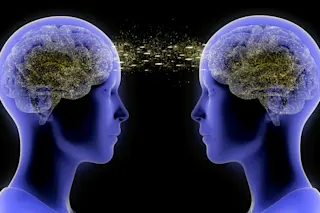You have about 100 billion nerve cells, give or take, packed inside your brain. Each one is wired up to about 10,000 other cells. Together, they form around one quadrillion connections. Through this electrobiological grid zip about 8.6 quadrillion messages each day.
If those numbers make your head spin, try this comparison: Each day the entire global population places roughly 50 billion cell phone calls and sends 17 billion text messages and 300 billion emails. In other words, the daily digital communications by every person on the planet add up to less than 1/200 of 1 percent of the number of signals that your brain cells send to each other every day. The mind truly boggles itself.
For this reason, neuroscientists generally study the brain’s bustling hive of cells and fibers by simplifying, examining a handful of proteins or cells at a time. But isolating small bits of the brain ...


